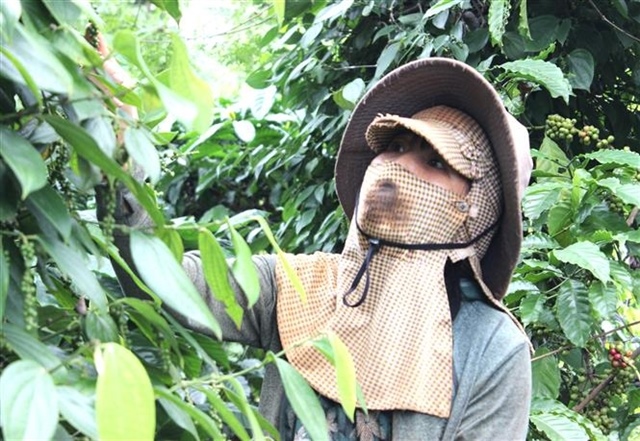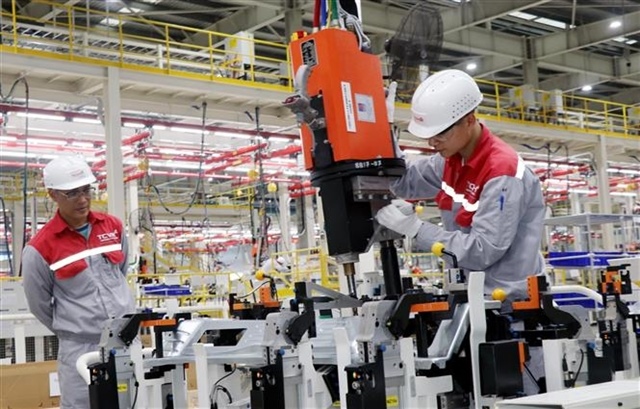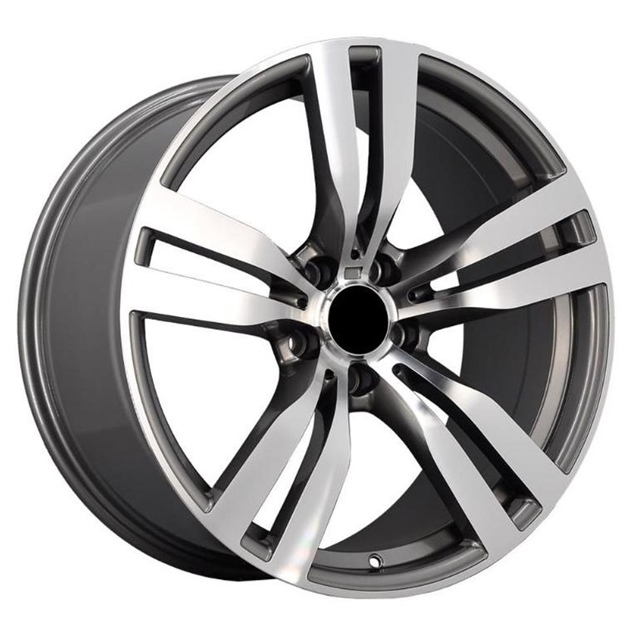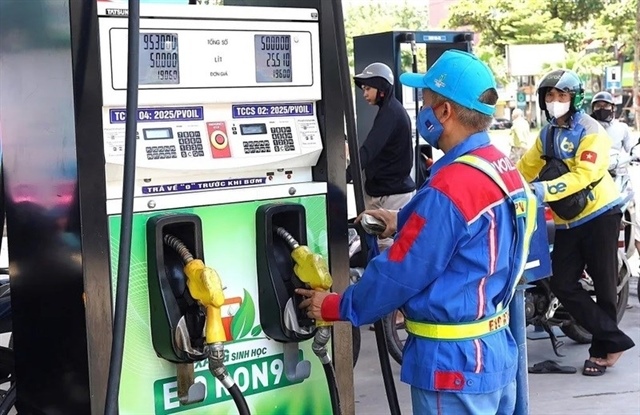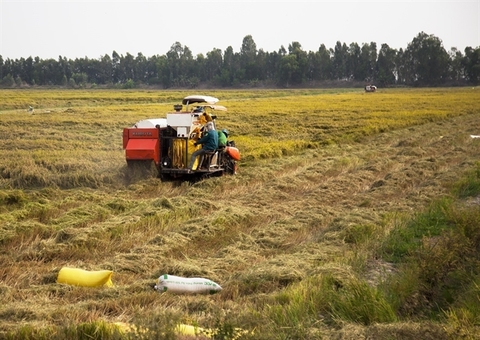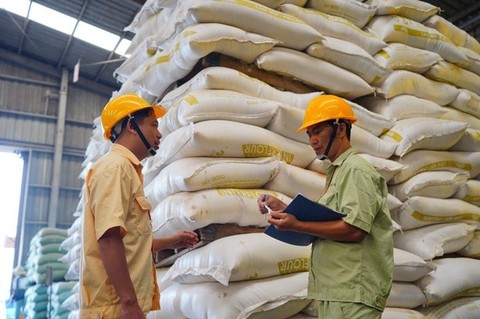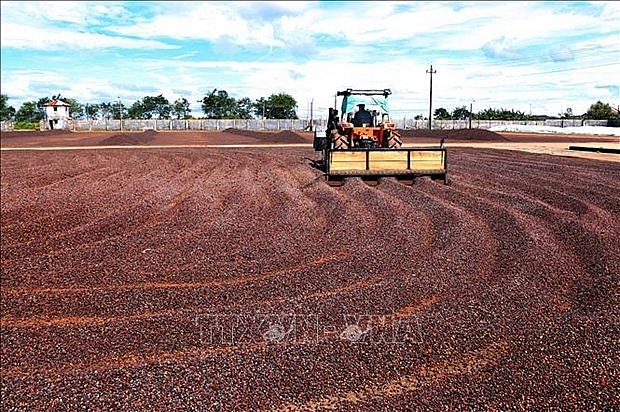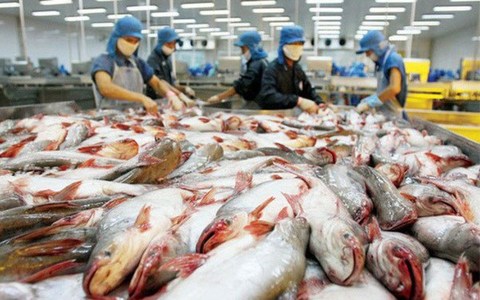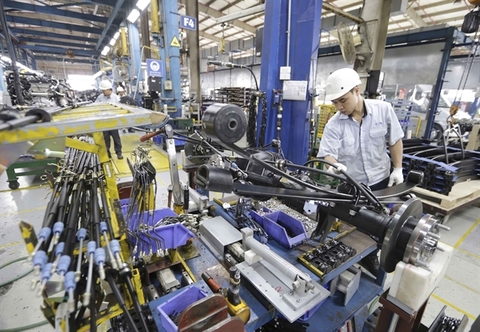Feed change advised for modernity
Feed change advised for modernity
A reduction of crude protein content in animal feed, as is being carried out in other countries, has been requested by a number of foreign enterprises that aim to reduce feed production costs and aid carbon neutrality.
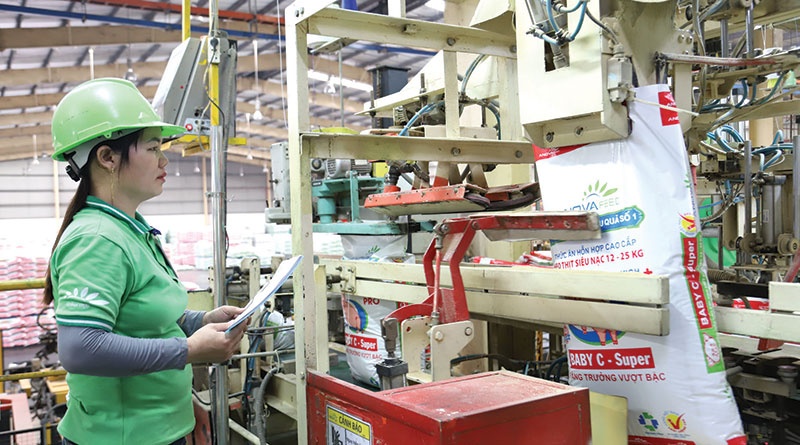
At last week’s Vietnam Business Forum in Hanoi, members of the European Chamber of Commerce in Vietnam (EuroCham) proposed changes in the regulatory framework for the regulation of new and innovative raw materials for feed production and to improve sustainability.
“Current feed registrations depend on a minimum crude protein level in the diet, which does not fully represent the actual quality of the feed,” said Alain Cany, chairman of EuroCham.
Regulations on animal feed ingredients have been a concern of livestock enterprises – mostly foreign-invested enterprises – for a long time. It is becoming more urgent as the costs of raw materials for animal feed production is soaring to new highs.
“Recent research in the evaluation of feed effectiveness shows that digestible protein and amino acid composition of protein are more important than crude protein content. Reducing the minimum crude protein limit in animal and aqua feeds would result in significant cost savings for the whole industry, reducing contamination, and improving animal health,” Cany explained.
Some countries have already made decisions on cutting crude protein content in animal feed. Since 2021, crude protein in every stage of pig breeding in South Korea is classified and been reduced by about 1-3 per cent. By 2024, the crude protein content of poultry and ruminant feed will also be changed.
The foundation of the revision of the feed regulations lies in South Korea’s declaration of becoming a carbon-neutral country by 2050, so the country will reduce 710 million tonnes of greenhouse gas emissions by 2030, down by almost one-quarter compared to 2017. The emissions from the livestock industry include 4.4 million tonnes of intestinal methane fermentation and 4.9 million tonnes of nitrogen oxide in livestock manure.
The South Korean Ministry of Agriculture, Food and Rural Affairs predict that a 1 per cent reduction in crude protein in animal feed after its adjustment would reduce approximately 360,000 tonnes of nitrogen oxide produced by cattle manure, and ammonia emissions are expected to be reduced by up to 10 per cent.
Moreover, the cost of animal feed production is estimated to be reduced by $2.50-3.30 per tonne by reducing the protein content.
The change in animal feed standards has received positive feedback from the industry, and numerous feed producers in South Korea agreed that a slight adjustment of crude protein content in animal feed is necessary.
In Vietnam, EuroCham suggested building policies ensuring and updating feed registration and labelling requirements.
“It is necessary to reduce requirements for registration of rations, and clearly demonstrate and monitor the real benefits of more efficient use of feed and its positive impact on increasing the sustainability of agriculture and aquaculture,” added Cany.
Amid the EuroCham proposal, some livestock companies and nutritional experts in Vietnam have mixed opinions.
Nguyen Xuan Duong, chairman of the Animal Husbandry Association of Vietnam, said that the reduction of crude protein content in animal feed was a possible option.
“The current regulations on crude protein minimum in animal feed are higher than international practices, at about 15 per cent for poultry and livestock,” said Duong. “There are some solutions for animal feed production that some crude protein content may be replaced by adding other ingredients like supplements and balancers to ensure enough nutrition for the growth of the animal.”
But a quality assurance manager from livestock company C.P. Vietnam was cautious about the proposed change. “At present, livestock companies can proactively make decisions on the percentage of crude protein in animal feed, which is around 20 per cent at every stage of a pig’s maturation,” she said.
This is much higher than the standards in Circular No.04/2020/TT-BNNPTNT from 2020, which serves as Vietnam’s technical regulation for standards in animal feed and ingredients in aquaculture feed.
“The decrease in crude protein content in the animal feed will save some costs of animal feed production, and emissions during breeding. However, we should study carefully to make sure that the new regulations provide enough nutrition to the animal, as well as being favourable enough for businesses to produce,” the C.P. Vietnam representative said.


